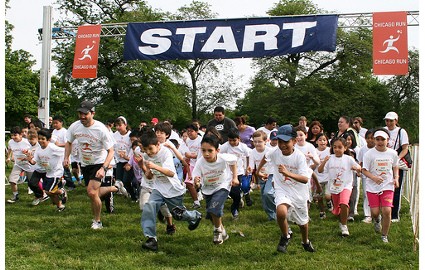Whether your skin is pale or brown, everyone needs to protect their skin from sun damage.

A = Away. Stay away from the sun in the middle of the day (from 10 in the morning to 4 in the afternoon).
B = Block. Use a sunscreen with a sun protection factor (SPF) of 15 or higher to protect babies' and children's very sensitive skin.
C = Cover up. Wear clothing that covers the skin, hats with wide brims, and sunglasses with UV (UltraViolet radiation) protection. Even children 1 year old should wear sunglasses with UV protection.
S = Speak out. Teach others to protect their skin from sun damage.
To read more from this article, visit the WebMD website!









